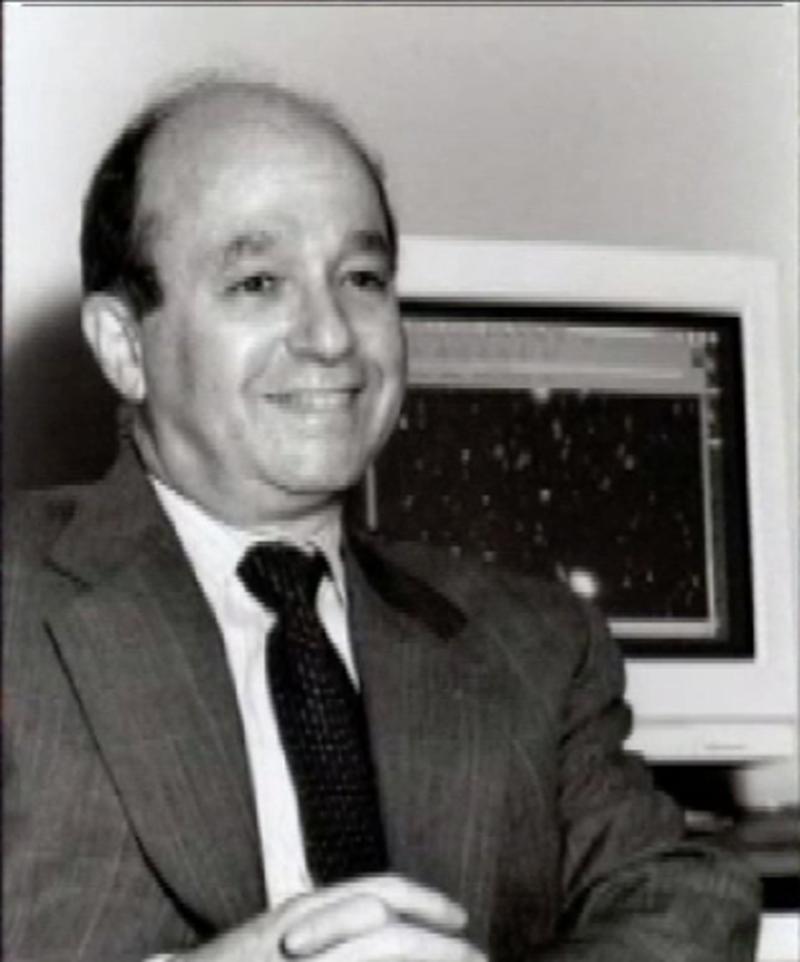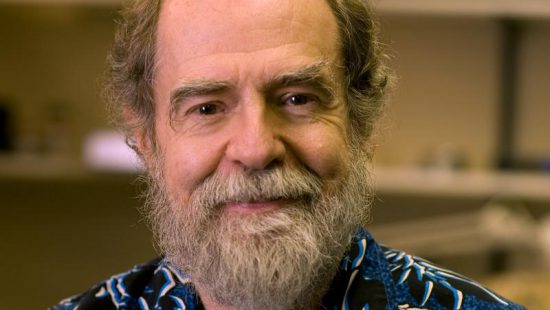In 1972, Jeremiah P. Ostriker and his colleague at Princeton University, James E. Peebles developed computer simulations showing that our universe must contain an invisible mass that serves to stabilize rotating galaxies like the Milky Way — or else Newton’s law of gravitation was wrong. Just one year later, the pair wrote a now-classic paper arguing that, “There are reasons, increasing in number and quality, to believe that the mass of ordinary galaxies may have been underestimated by a factor of 10 or more.” Decades later, Ostriker and his colleague were proven right, in what was shown to be previously undetected “dark matter”— a substance in the universe whose existence, while not directly observed, has been inferred by astrophysicists from its gravitational effects on the measurable universe. Ostriker has spent the last half century devoted to the heavens, studying dark matter and dark energy, galaxy formation and black hole growth, and the intergalactic medium — the space that exists between star systems in a galaxy. Today he is recognized as a highly influential researcher of theoretical astrophysics.
By Sara Grossman








